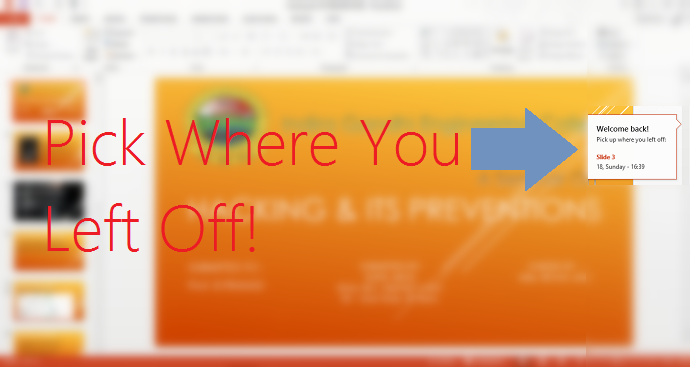
In any event, Windows 10 will automatically install and connect OneDrive using the Microsoft account that you initially use to log into your PC. Buy Microsoft’s Office 365 productivity suite and you get a full 1TB of storage. That tool is Microsoft’s cloud storage service, OneDrive, and by default, you get 5GB of storage for free. Syncing your Windows 10 settings across PCs is great, but Microsoft has a tool that will let you keep your important information in sync as well. Examples include a list of installed apps, the mouse cursor size and color, connected printers, and other settings.

In order to enjoy the functionality, though, you’ll need to sync devices, which starts by logging in with the same Microsoft account on each PC. Windows 10 has a built-in sync engine that can keep several settings and system information up-to-date across your PCs. Depending on your strategy it may be important to know your PCs systems and components. In this guide, we’ll show you how to synchronize your devices as well as some ways to keep your system settings and information synced across all of your Windows 10 PCs. Whatever the scenario, one challenge of using more than one PC is to make sure that all of your information is synchronized – there’s nothing worse than needing access to a document and having it stuck on the one PC that’s in another location. It’s not unusual today to have multiple PCs, perhaps a desktop at home, a laptop for work, and maybe a gaming laptop for taking to LAN parties.


 0 kommentar(er)
0 kommentar(er)
